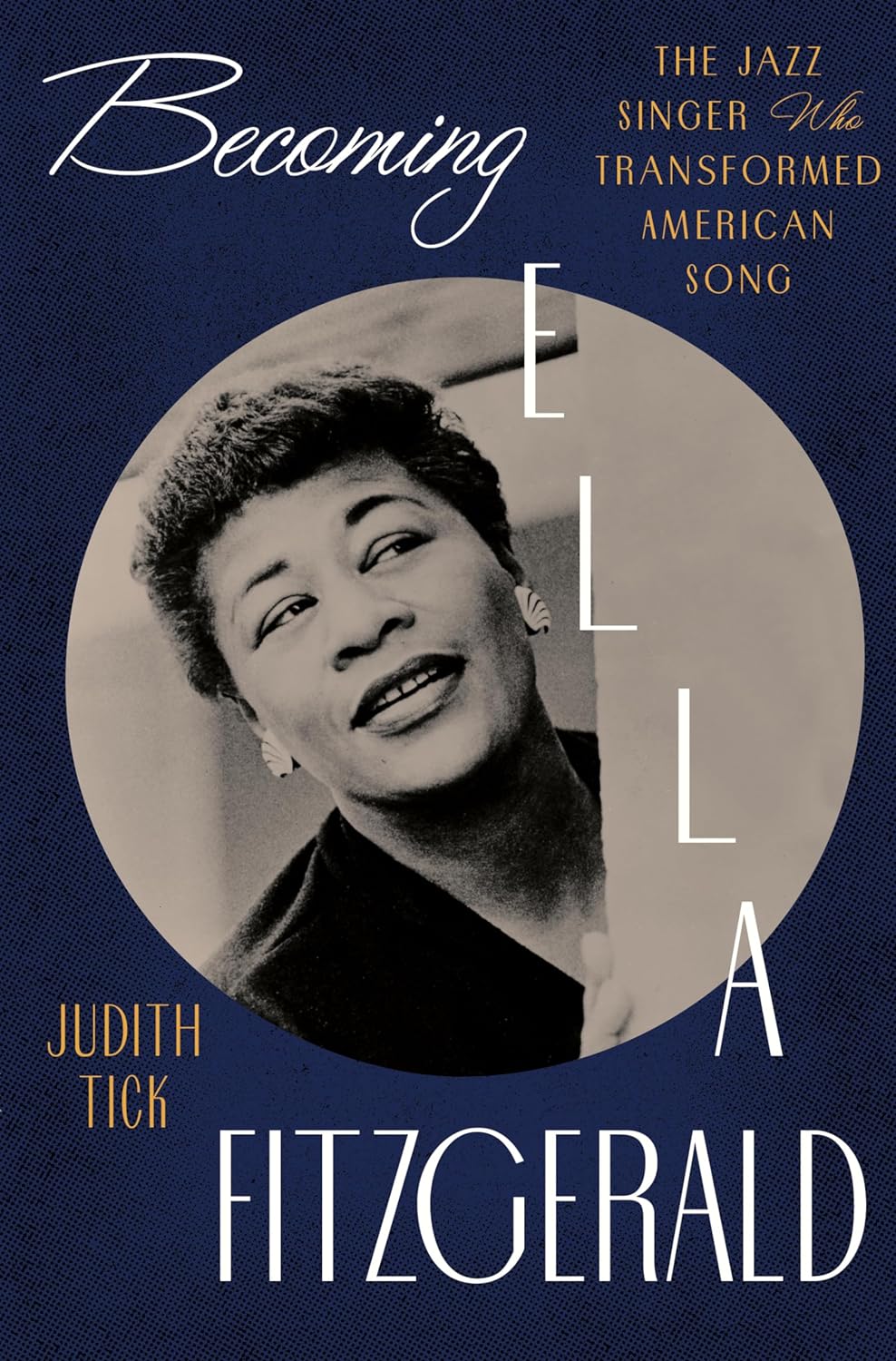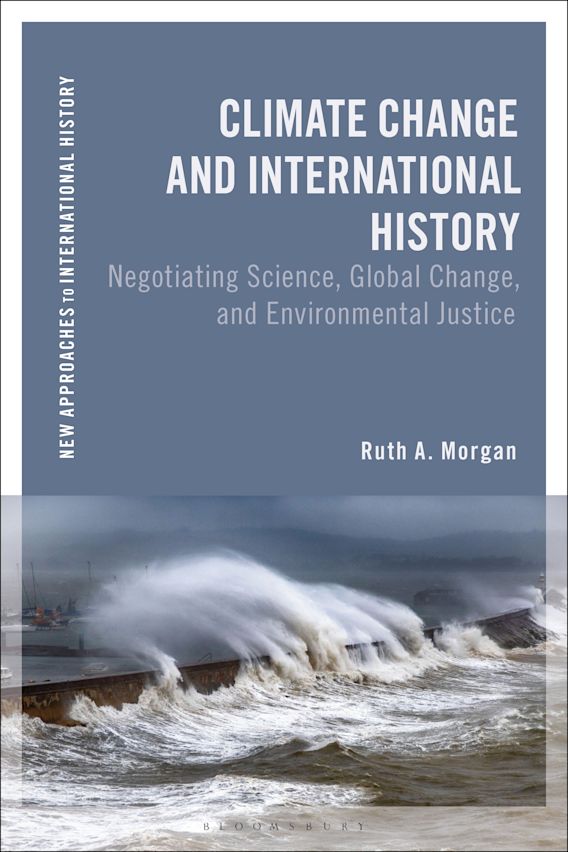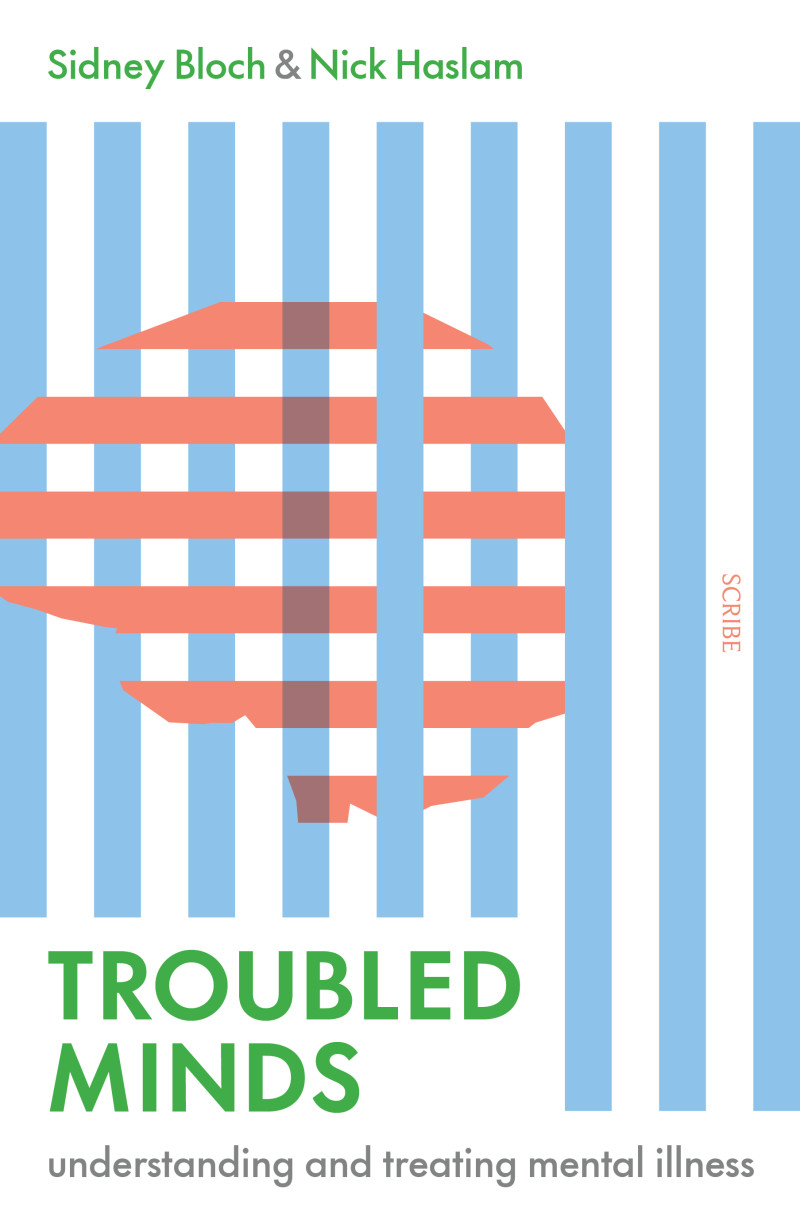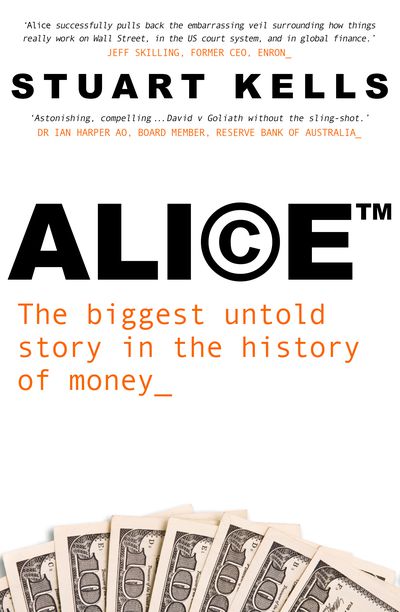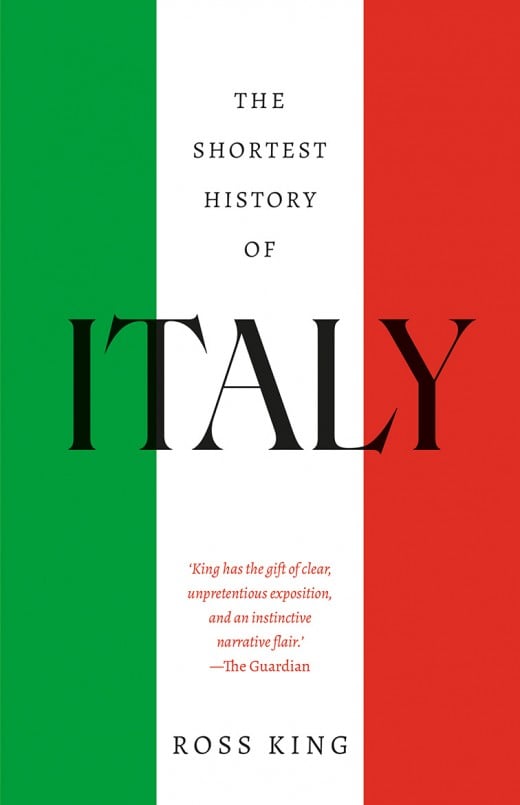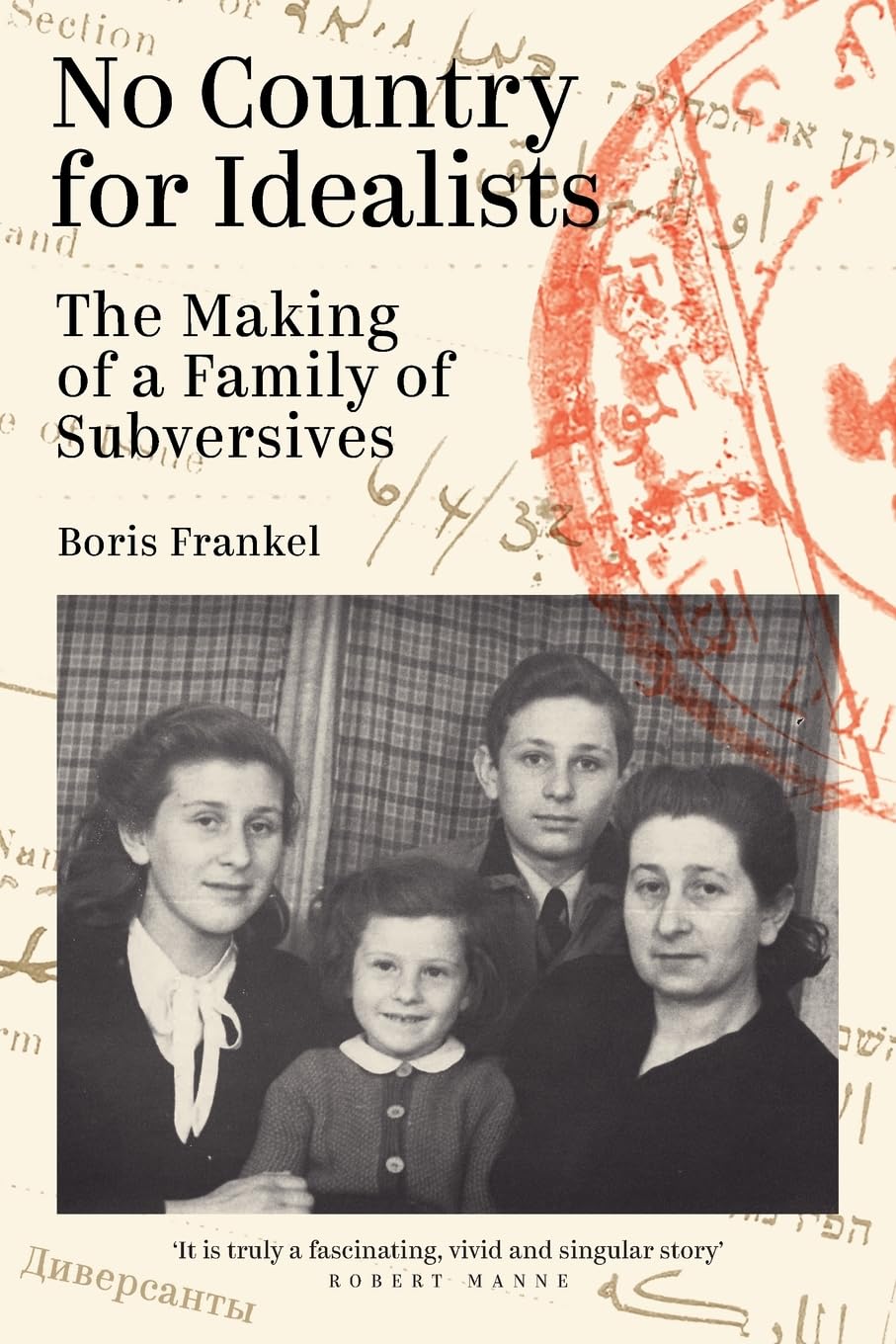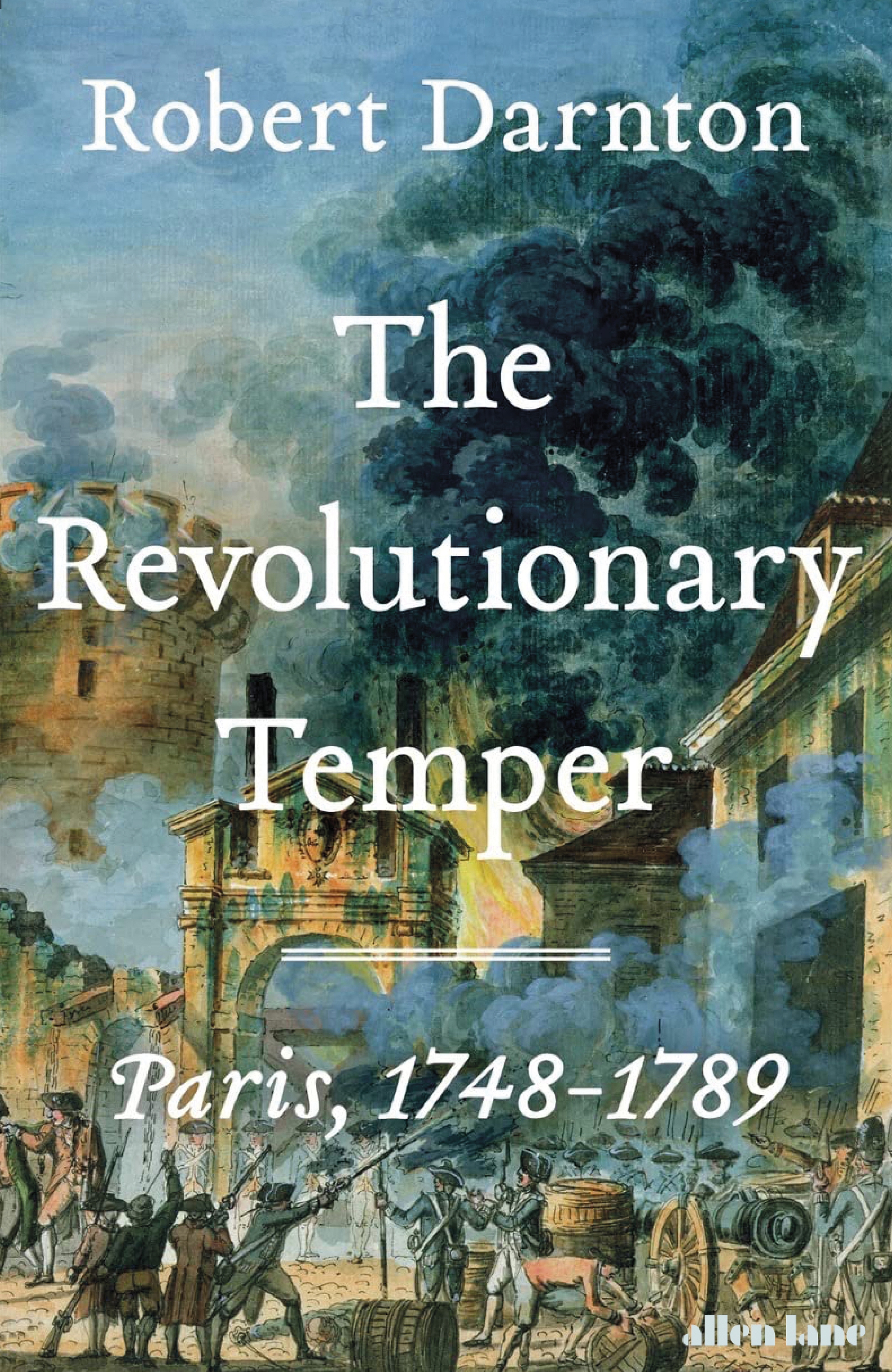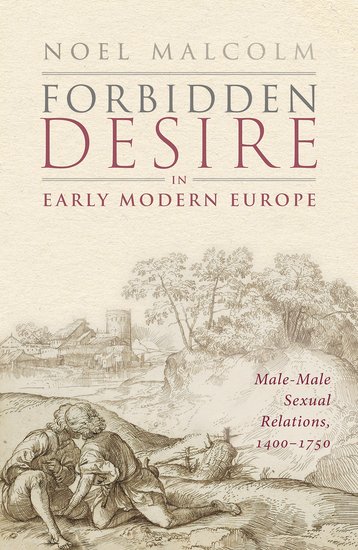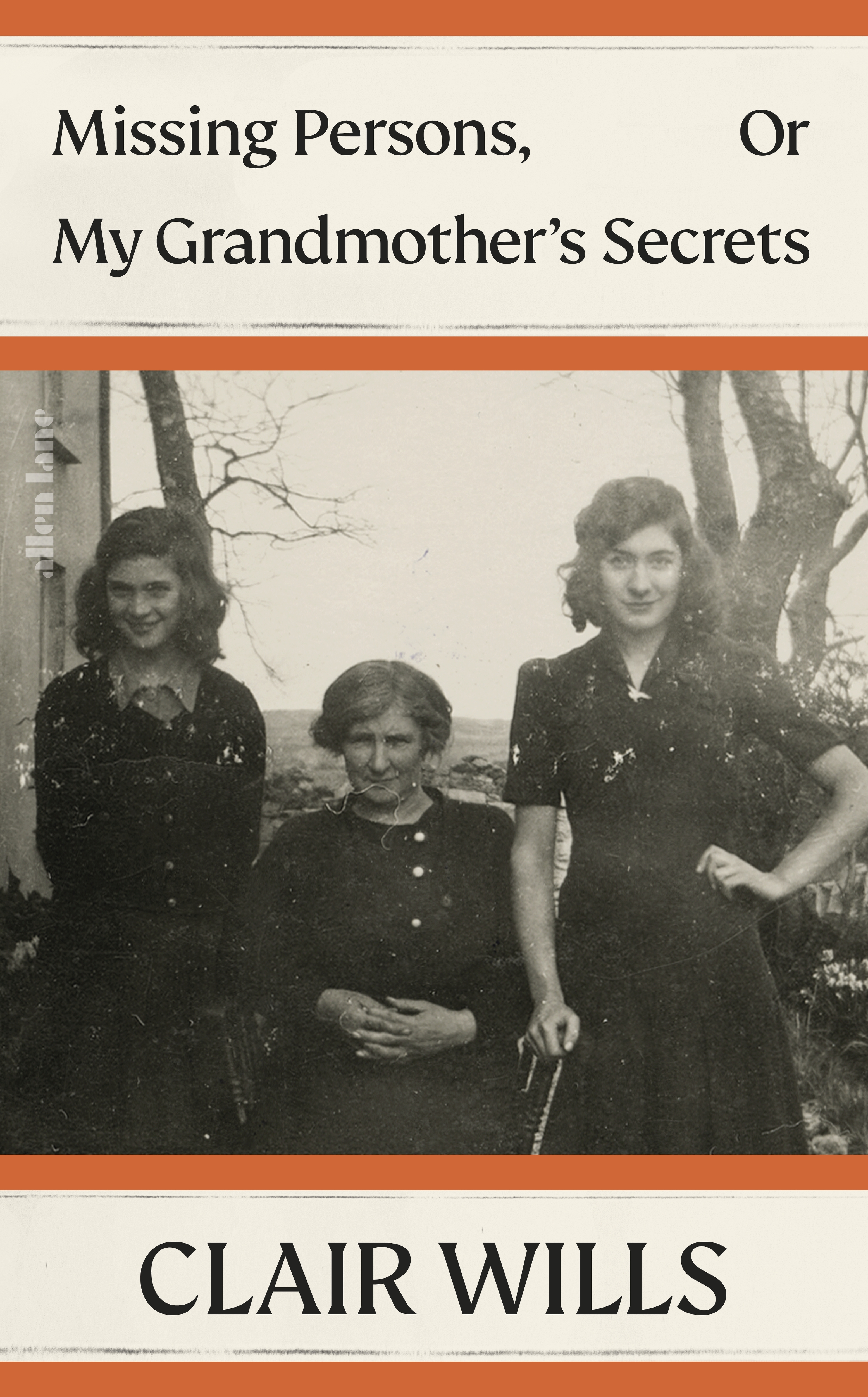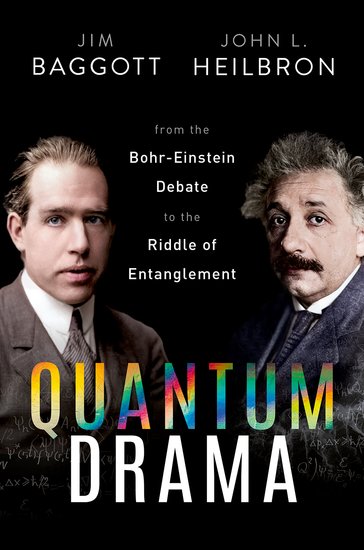Non Fiction
Becoming Ella Fitzgerald: The jazz singer who transformed American song by Judith Tick
by Robyn Archer •
Climate Change and International History: Negotiating science, global change, and environmental justice by Ruth A. Morgan
by Harrison Croft •
Troubled Minds: Understanding and treating mental illness by Sidney Bloch and Nick Haslam
by Jennifer Harrison •
Alice™: The biggest untold story in the history of money by Stuart Kells
by Gideon Haigh •
No Country for Idealists: The making of a family of subversives by Boris Frankel
by Ebony Nilsson •
Forbidden Desire in Early Modern Europe: Male-male sexual relations, 1400-1750 by Noel Malcolm
by Miles Pattenden •
Quantum Drama: From the Bohr-Einstein debate to the riddle of entanglement by Jim Baggott and John L. Heilbron
by Robyn Arianrhod •

